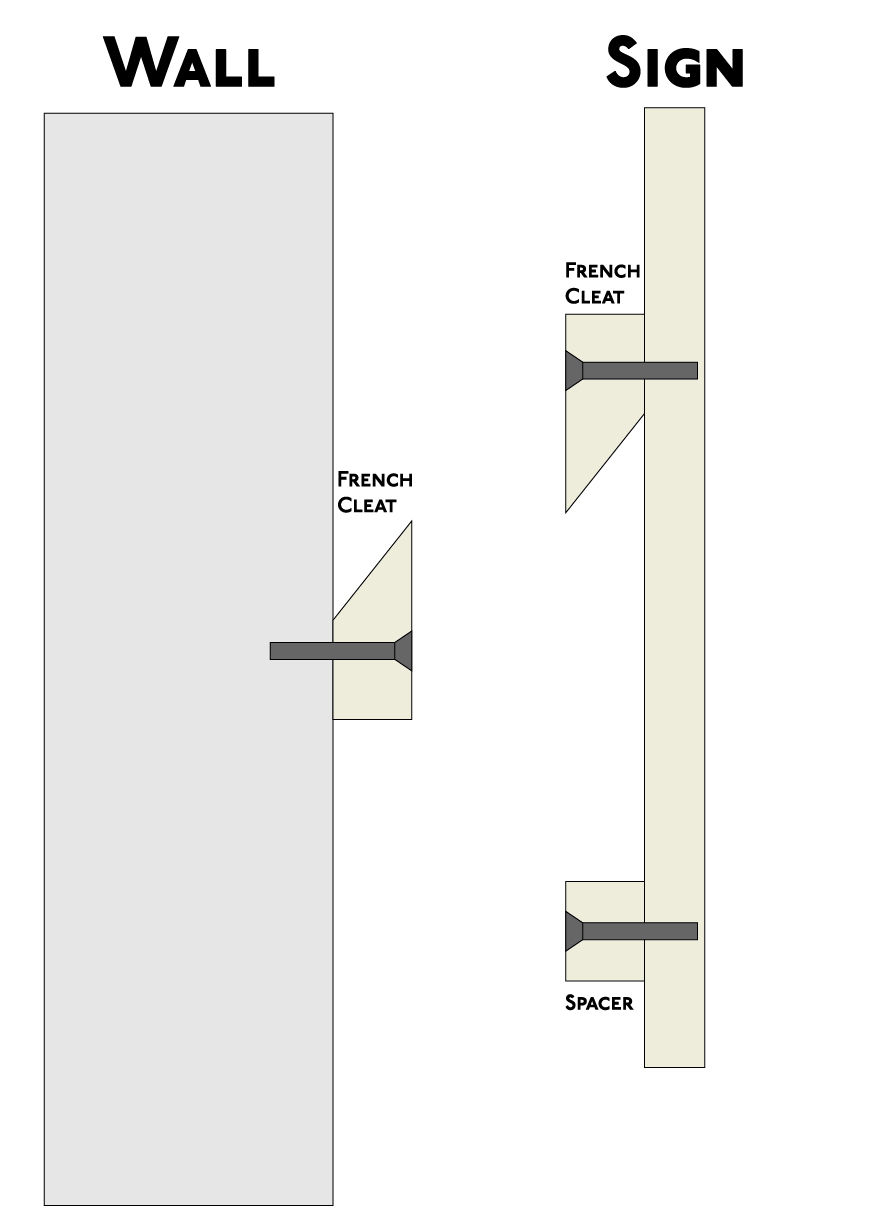3D lettering
- Drew

- Jan 10, 2019
- 1 min read

I wanted to make some vector lettering that takes inspiration from traditional sign painting, and James Lewis' numerical designs (https://bit.ly/2RRqQdm). I started with a copy of Johnston Underground, printed out the letters and began to sketch directly onto the page.

I found that the process of sketching helped me to quickly decide where I would like the lines to connect, which was proving much more difficult on screen.
Next I scanned the images and used them as a starting point for the digital lines, fixing issues where needed. When all the lines were done, I cut them out of a solid letter shape so that it was made of individual pieces, which I can colour later.

Some issues that I faced involved letters with curved lines, but I did find a simple method to take them. If you take the outer line and the inner line of a letter, you can use the blending tool in Illustrator to make a line that sits perfectly in between the two original lines. This was most useful for the letter S.

When I finally had my letter forms divided up I started to colour them by trying to imagine a light source off to the top right of my screen, which worked well for most letters but didn't really suit the ones that are curved.

By splitting the shapes further I was able to give a more 3d look to the curved letters.

I'm still playing around with the final look, and am enjoying adding textures. I expect that this is a process I will revisit for other typefaces in the future.
#typography #lettering #calligraphy #vectorlettering #illustration #type #typedesign #digitalart #signwriting




Comments